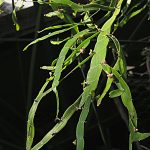Epiphytes use other plants for support, thus keeping their leaves, flowers and fruits high in the canopy without going to the expense of building woody trunks and branches themselves. As with other examples of evolutionary convergence, different groups of plants have evolved adaptations for epiphytism, including modified roots for anchorage, modified leaves for absorption of water and nutrients, and mechanisms for water conservation.
ORCHID FAMILY
(Orchidaceae)
One of the largest families of Angiosperms. Orchids can be terrestrial, epiphytic, or like Vanilla, begin terrestrial and continue growth as an epiphyte.
FERNS
(Dryopteridaceae, Polypodiaceae, Psilotaceae, Pteridaceae and other families)
BROMELIACEAE
GNETOPHYTA
(Gnetaceae, Ephedraceae)
Often grouped with gymnosperms, the phylum’s members contain angiosperm-like features like double fertilization, the presence of vessels in xylem, and the similarity of their strobili to flower clusters.
Plants that host or attract insects to help defend against herbivores
RUBIACEAE
Ant-plants (Myrmecodia) are epiphytes that form mutualistic associations with ants.
Plant insectivory has evolved independently several times. Although different genera of insectivorous plants often look quite distinct, they all have special features that attract, trap, digest and absorb insects.
Misc Families (Lamiaceae, Cyperaceae, Apocynaceae, Polygonaceae, Melastomataceae)
Sedge Family [Cyperus papyrus]
Madagascar jasmine, fruit [Stephanotis floribunda]
Tapeworm plant [Homalocladium platycladum]
Tapeworm plant flowers
Ant Plant [Monolena primuliflora]
Queen Sago [Cycas circinalis]
Firecracker plant [Russelia equisetiformis]
Sandbox tree [Hura crepitans]
Bird of Paradise [Strelitzia reginae]



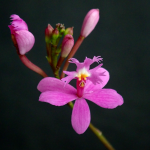





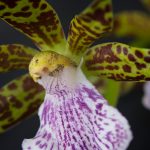



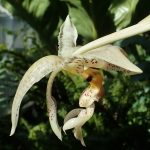


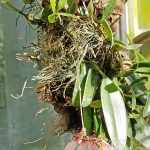

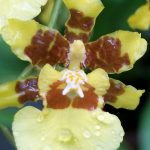

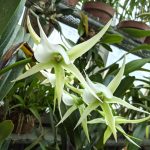













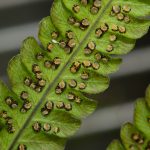



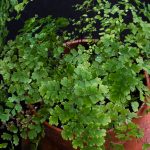





![Queen's Tears [Billbergia nutans]](https://greenhouse.utoronto.ca/wp-content/blogs.dir/5/files/sites/3/2019/02/Billbergia_nutans-150x150.jpg)















